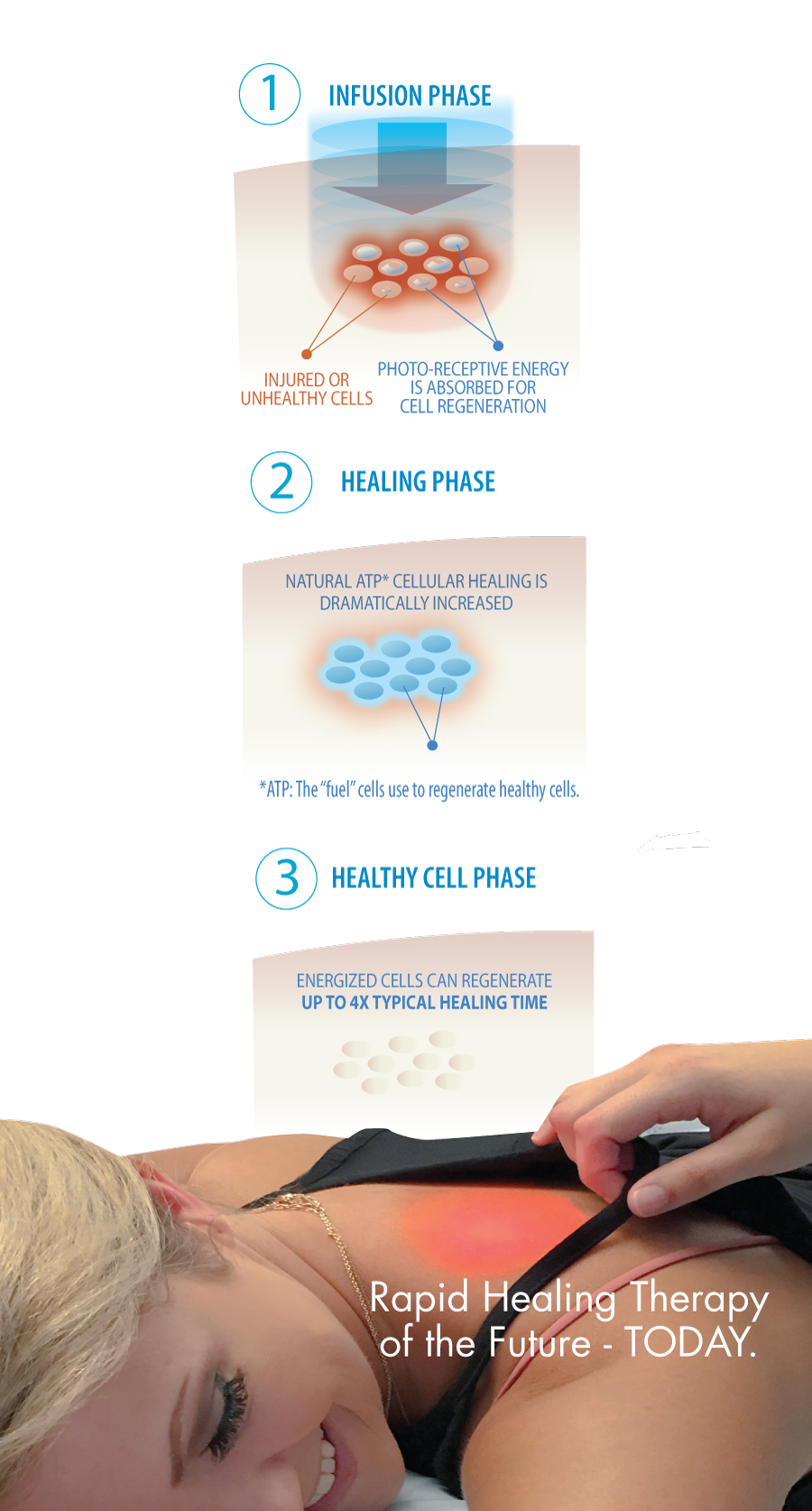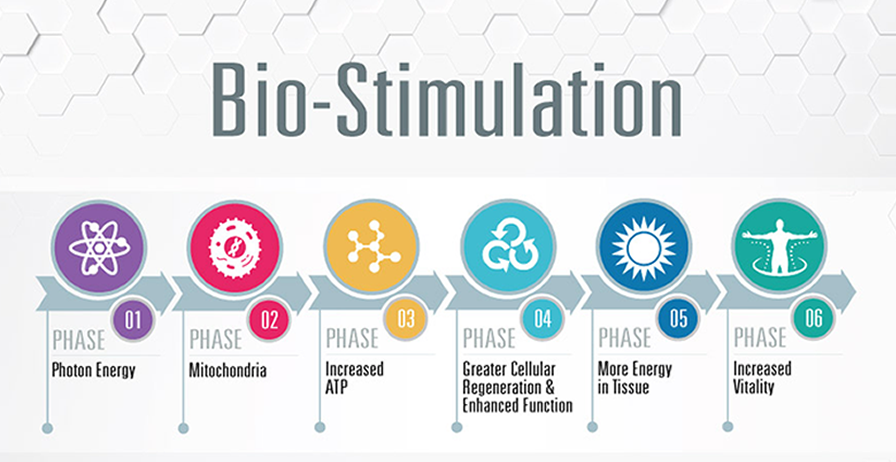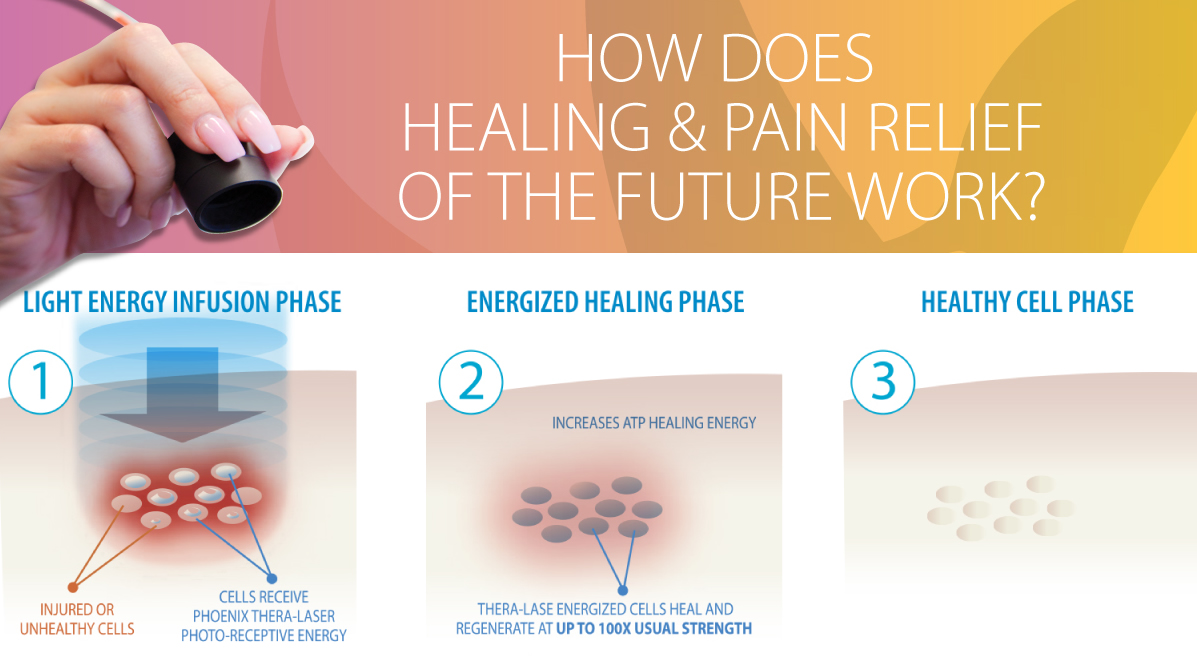LASER LIGHT ENERGY – MECHANISM OF ACTION
Organic reactions of cells to infrared laser vitality happen because of photochemical responses characterized by the incitement of vitality inside the cell, went through the cell electrons by laser photons. This excitation or reconfiguring of electrons results in photograph ionization, oxidation, separation and sub-atomic revamp. In this way, an assortment of response channels are enacted, bringing about a course of biochemical responses trademark to the individual cell invigorated. For instance, low-level laser incitement has been appeared to move the cell redox state toward oxidation. Organically the move toward oxidation is related with incitement of essentialness. Besides, the course of biochemical responses does not seem to require the persistent utilization of light vitality to continue once started. This clarifies the valuable impact of low-level laser treatment to tissue of lower than typical pH and oxygenation, for example, wound, aggravation and ischemic tissue. These tissues have reacted more significantly clinically than cells with progressively ordinary supplement and pH parameters.
Laser photon incitement of organically dynamic tissue is the essence of the laser vitality tissue impact. While the precise instrument of this incitement is the focal point of continuous patient medications, it has been demonstrated that the infected cells can profit by the outside use of vitality through laser light to standardize and improve their useful state.
Light vitality is caught up as photons into the photograph acceptor particles in the mitochondria. This outcomes in oxidation in the cell respiratory chain with the arrival of vitality that creates biochemical responses that store the vitality as phosphate bonds. ATP (adenosine triphosphate) is discharged as a usable vitality source to be dispersed all through the cell to support the vitality expected to standardize cell action and capacity. Henceforth the retention of light vitality is transduced to a course of biochemical responses that invigorate the resumption of cell work from the infected state. This renegotiating of the vitality shortage from an outside vitality source enables the cell to fix and address cell metabolic irregular characteristics.







